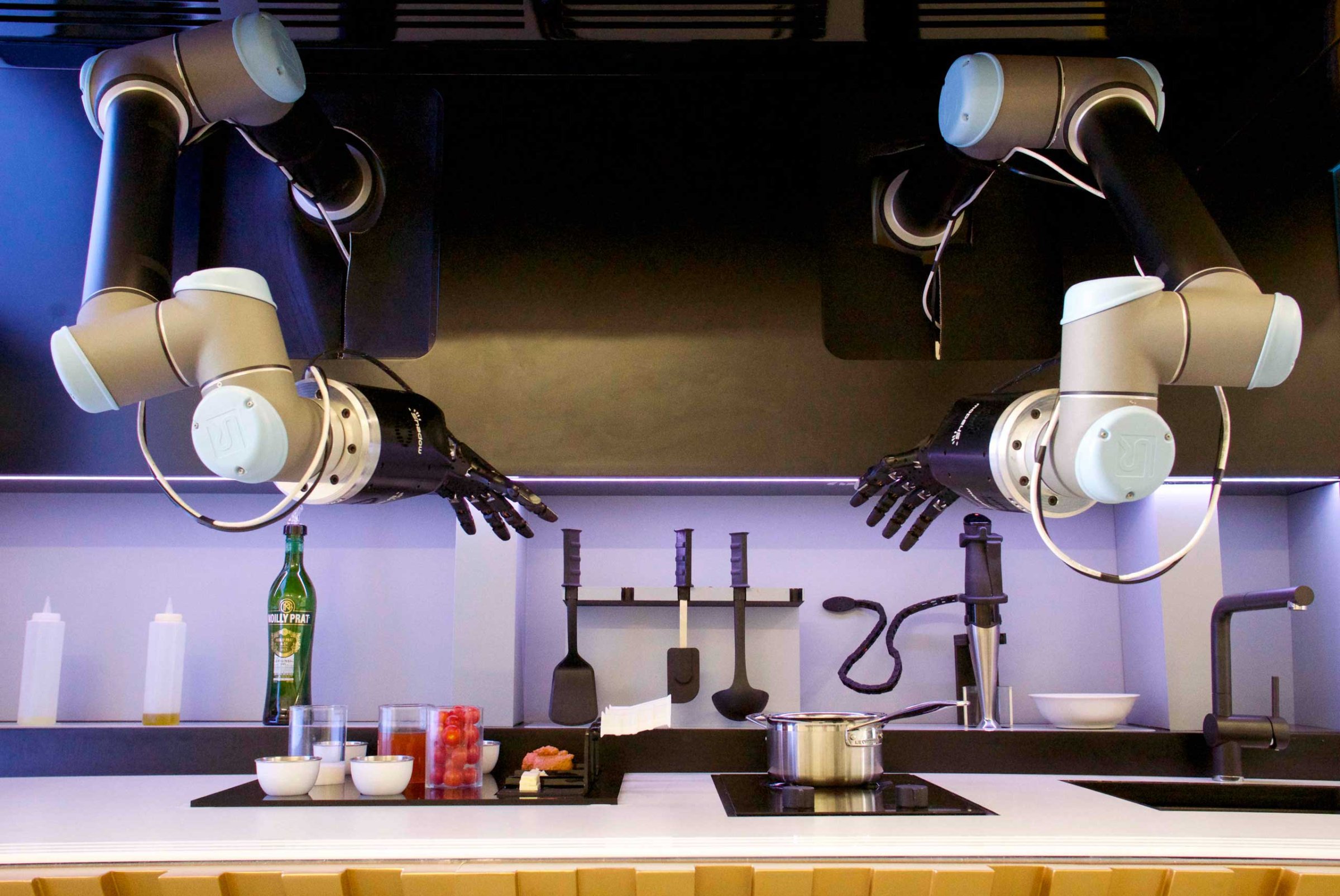
Ever since Americans were introduced to Rosie, the beloved robot maid on The Jetsons, way back in the 1960s, robotic household help has been the ultimate in futuristic dream products.
A new product from Moley Robotics might bring that future one step closer, as the company unveiled a robot chef on Tuesday at Hannover Messe, a trade fair for industrial technology in Germany. Comprised of two robotic arms in a specially designed kitchen, which includes a stove top, utensils and a sink, the device is able to reproduce the movements of a human chef in order to create a meal from scratch. The robot learns the movements after they are performed by a human chef, captured on a 3D camera and uploaded into the computer.
A few weeks before the robot chef was unveiled, Moley invited TIME to check out the robot and test its fare. In less than half an hour, the robot made a crab bisque, based on the recipe and technique of Tim Anderson, winner of 2011’s season of MasterChef in the U.K., who is working with Moley to develop the kitchen. From selecting the right heat level on the stove-top to adding the pre-arranged ingredients at just the right moment to operating a small mixer, the robot arms made the soup from scratch. It even plated up the soup, including scraping the bottom of the ladle against the rim of the saucepan in order to prevent drips.
Why crab bisque? “Crab bisque is a challenging dish for a human chef to make, never mind a robot,” explains Anderson. “If it can make bisque, it can make a whole lot of other things.” When asked if he feels at threatened by seeing a machine expertly recreate one of his recipes, Anderson is somewhat surprisingly on the side of the technology. “Some people ask if this is going to put my out of a job. This has already given me a job.”
Comparing the robot to cookbooks and YouTube tutorials by professional chefs, Anderson says, “I think it’s going to help people build brands.” The aim is to have professional chefs record themselves cooking their own recipes so that the robot will be able to mimic the techniques and replicate the dish. Anderson envisions people learning how to make a variety of dishes by watching their robots in action. “It’s changed the way I think about cooking,” he says.
Moley, which was founded by computer scientist Mark Oleynik, has partnered with the London-based Shadow Robot Company, which developed the kitchen’s hands. Twenty motors, two dozen joints and 129 sensors are used in order to mimic the movements of human hands. The robotic arms and hands are capable of grasping utensils, pots, dishes and various bottles of ingredients. Olyenik says that the robot hands are also capable of powering through cooking tasks quickly, though they’ve been designed to move quite slowly, so as not to alarm anyone watching it work.
Sadly for vegetarians, like Shadow Robot’s managing director Rich Walker, crab bisque is the only dish the robot is currently able to make. However, the company plans to build a digital library of 2,000 recipes before the kitchen is available to the wider public. Moley ambitiously aims to scale the robot chef for mass production and begin selling them as early as 2017. The robotic chef, complete with a purpose-built kitchen, including an oven, hob, dishwasher and sink, will cost £10,000 (around $15,000). Yet that price point will depend on a relatively high demand for the kitchen and it’s still unclear how large the market is for such a product at the moment.
Dan Kara, a robotics analyst for U.S.-based ABI Research, a market intelligence company that specializes in emerging technology, tells TIME that the household robots that have found a market tend to be smaller devices that tackle tedious chores. “Successful products for the home that I’ve seen have been floor-cleaning [devices] — sweepers and vacuums — and pool cleaners and lawnmowers,” he says, noting that people tend to favor robots that tackle tasks they don’t want to do “because it’s boring or repetitive.” Another key factor of a product’s success is affordability. “Once [robots] get above a certain price, the number of people using them drops right off.”
A robotic chef, however, “just seems like a bridge too far at this time,” though Kara pointa out that he isn’t familiar with Moley’s kitchen or its specific technology.
Which isn’t to say that a robot chef wouldn’t have interested buyers. The robotics industry is growing and the Boston Consulting Group has estimated that spending on robots could “jump from just over $15 billion in 2010 to about $67 billion by 2025.”
But there is still work to be done on Moley’s kitchen before it would be an even remotely practical, albeit pricey, purchase. As the robot doesn’t have any way to see, it’s unable to locate an ingredient or utensil that might be moved or knocked out of place. It also can’t chop or prep food yet, so it must use prepared ingredients that are meticulously laid out. The company is working on improving the robot’s functions and expanding its capabilities, but as Oleynick admits, “it will have some limits because nothing can replace human touch.”
See the Most Iconic Artificial Intelligence in Film


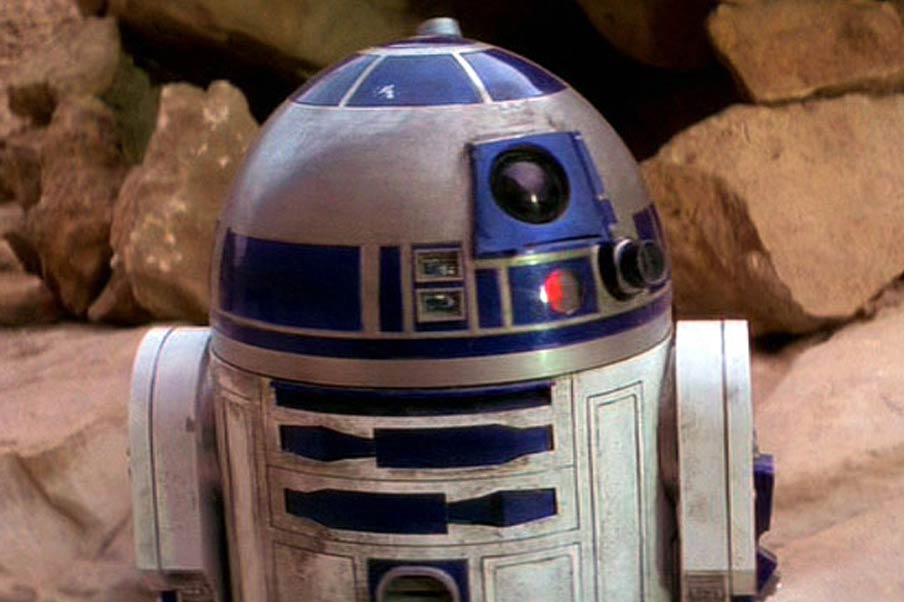




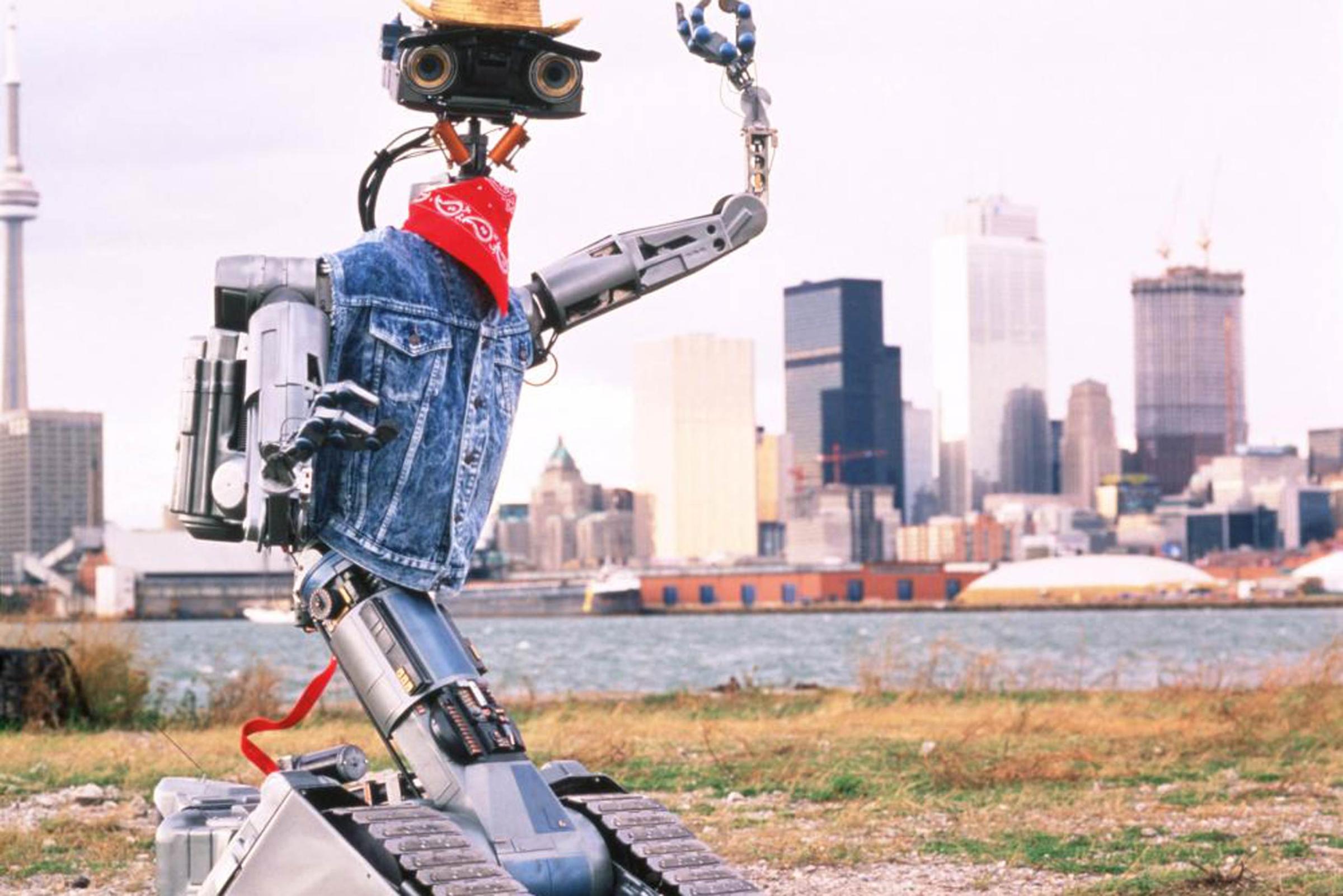

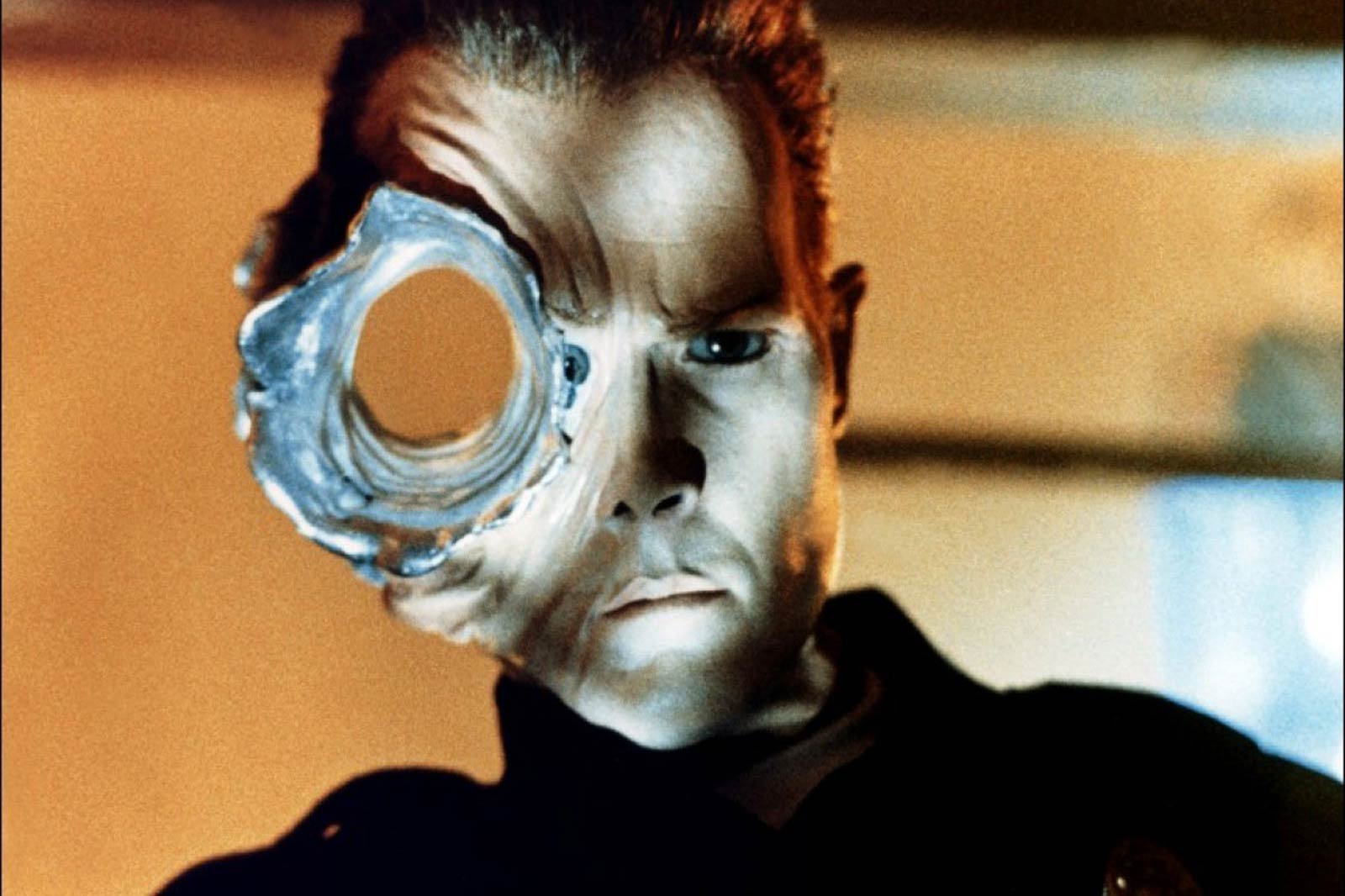
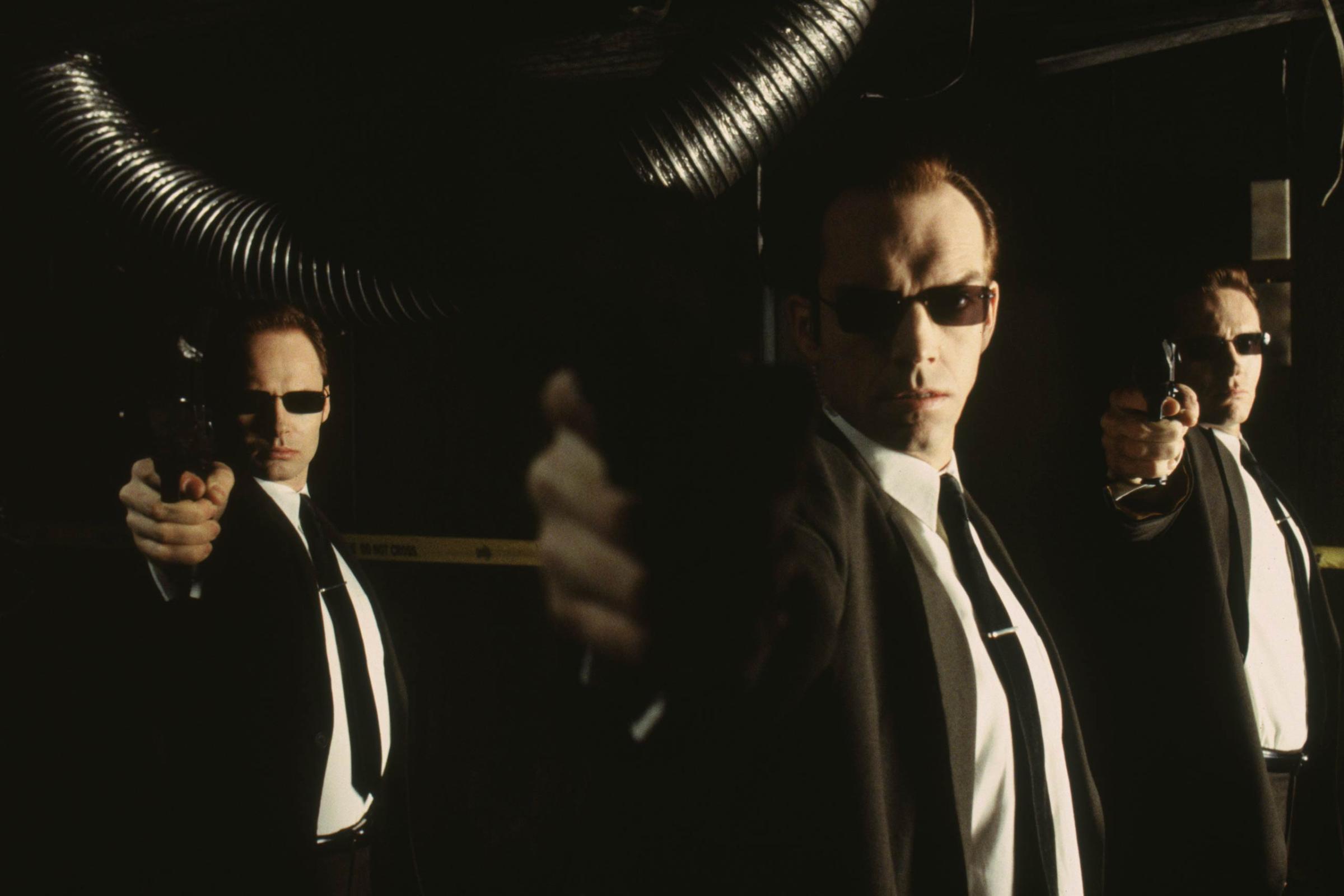
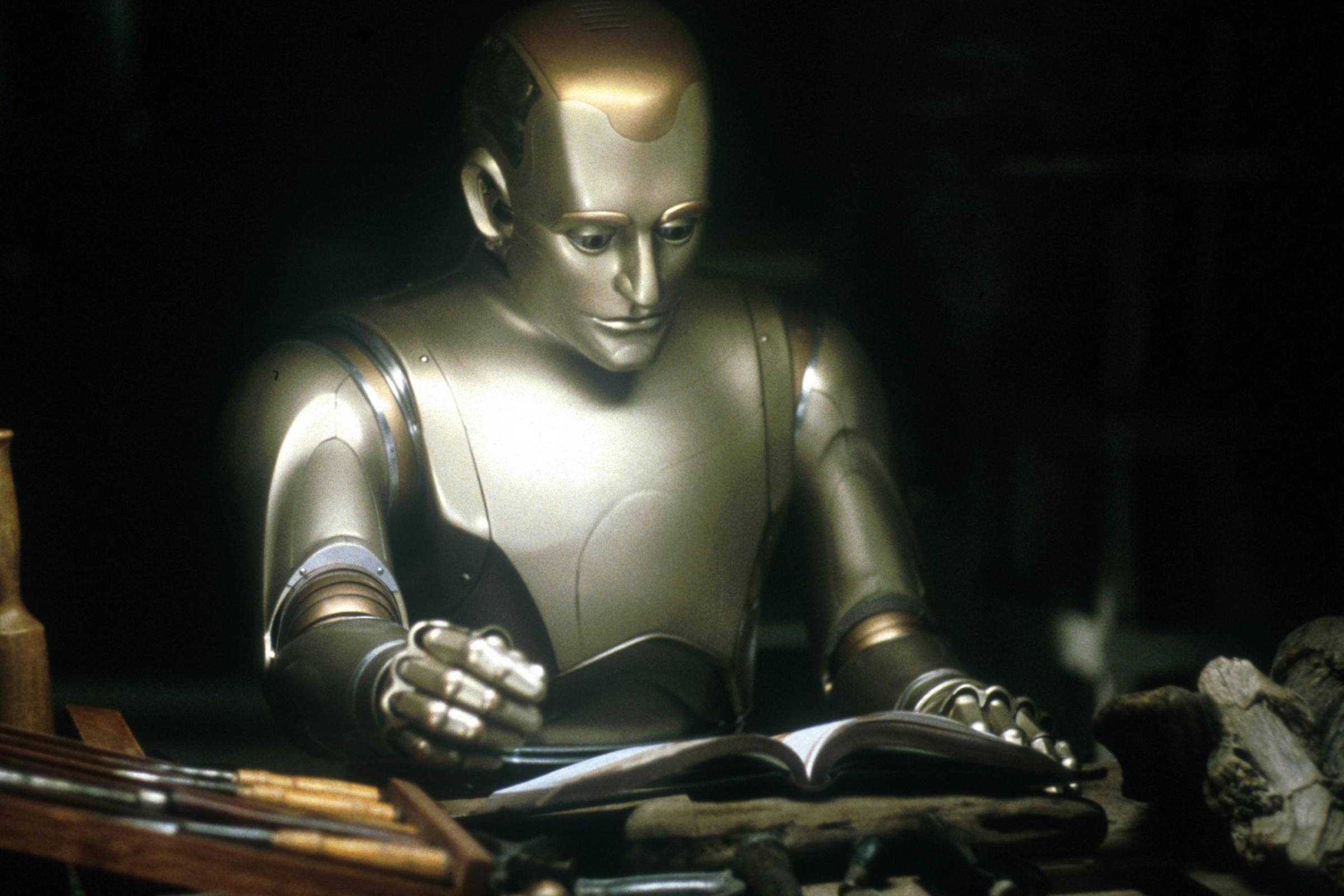

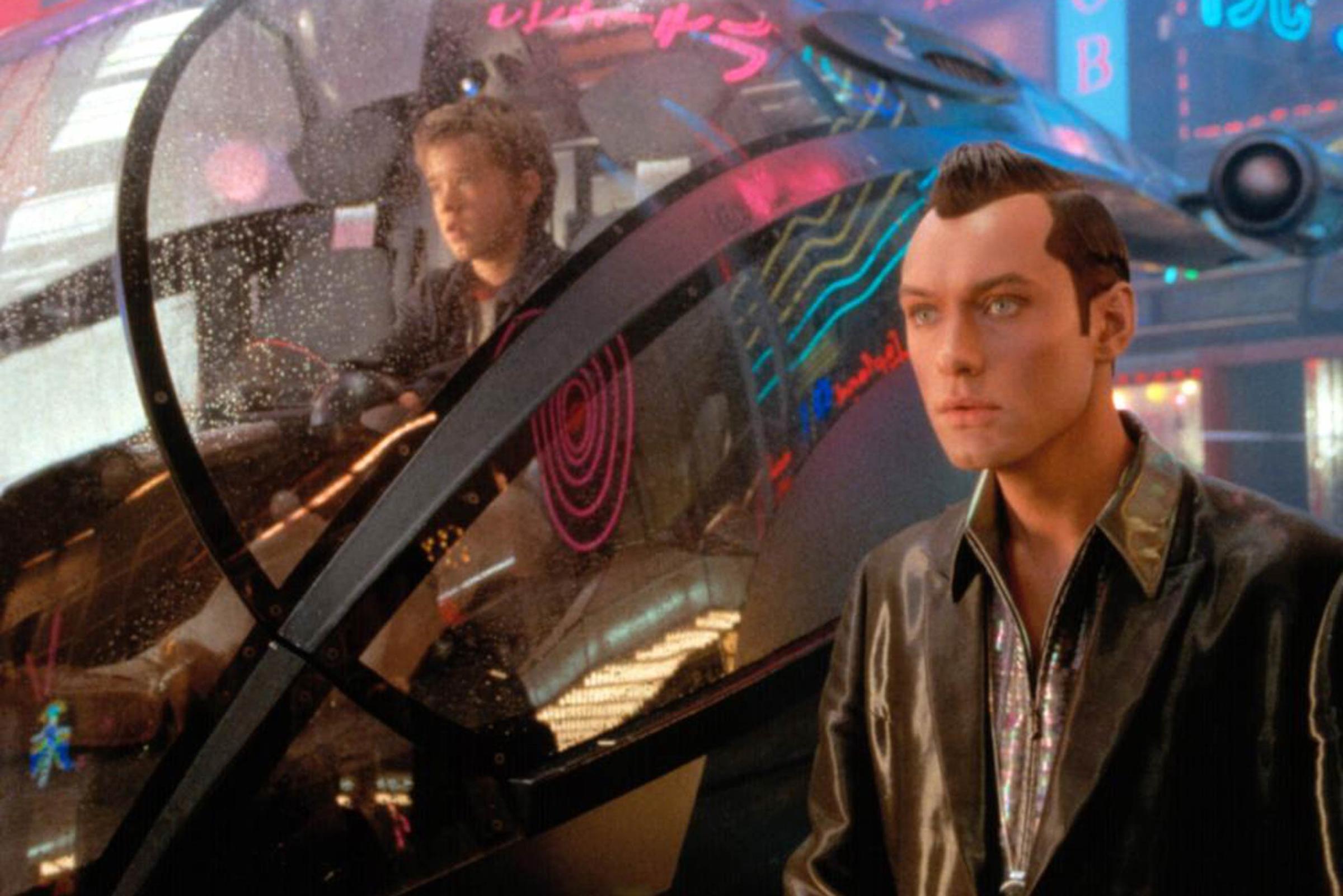
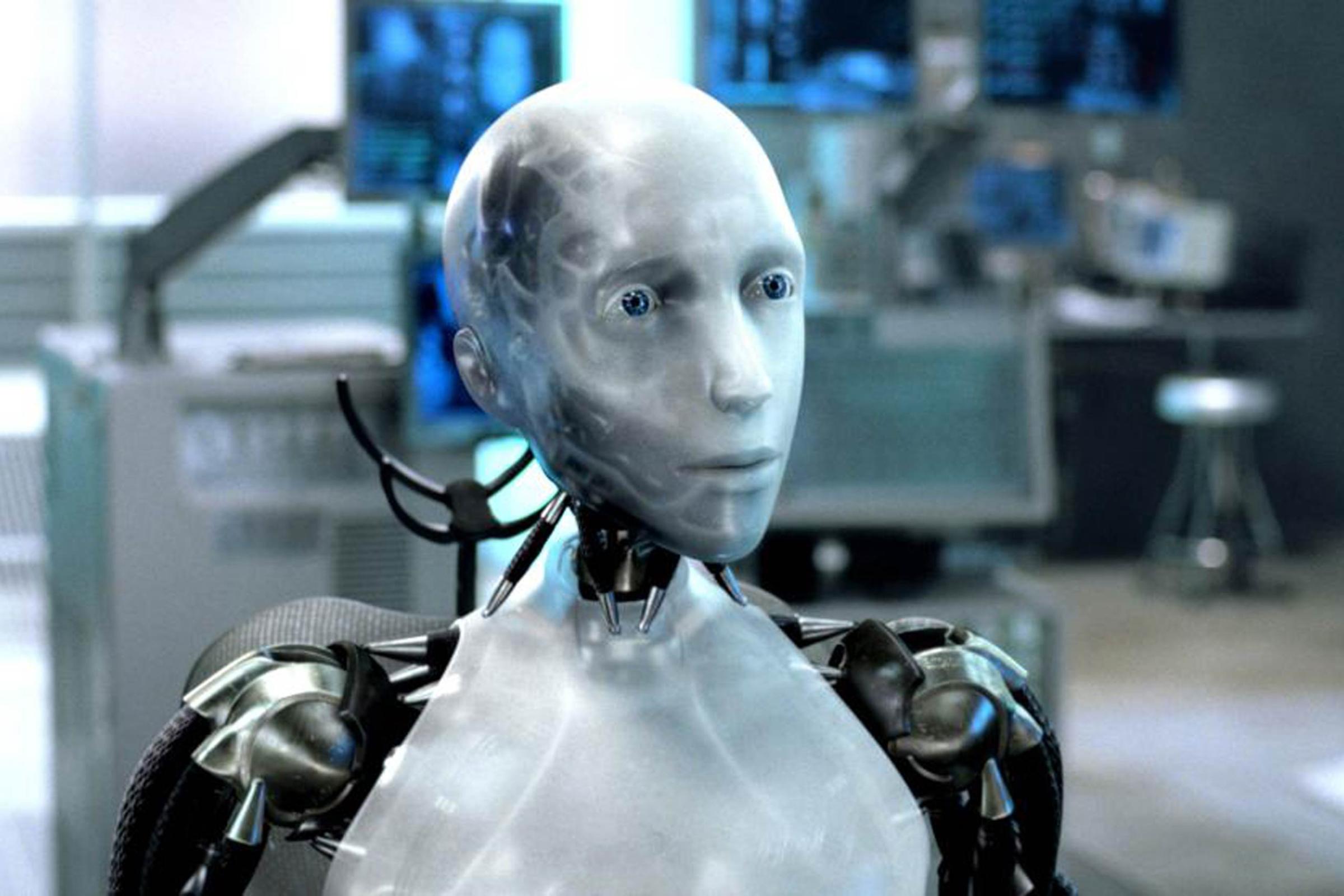
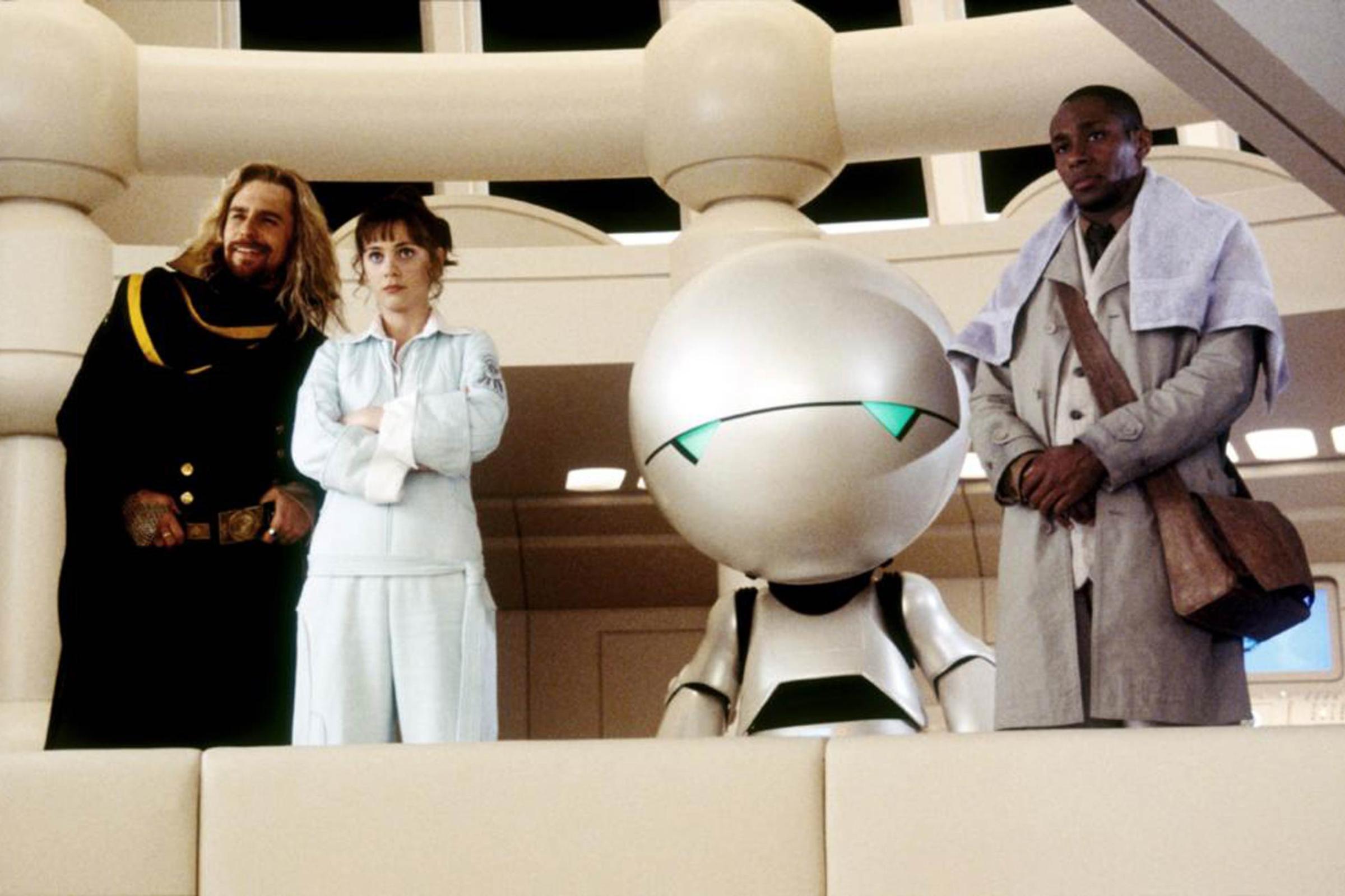
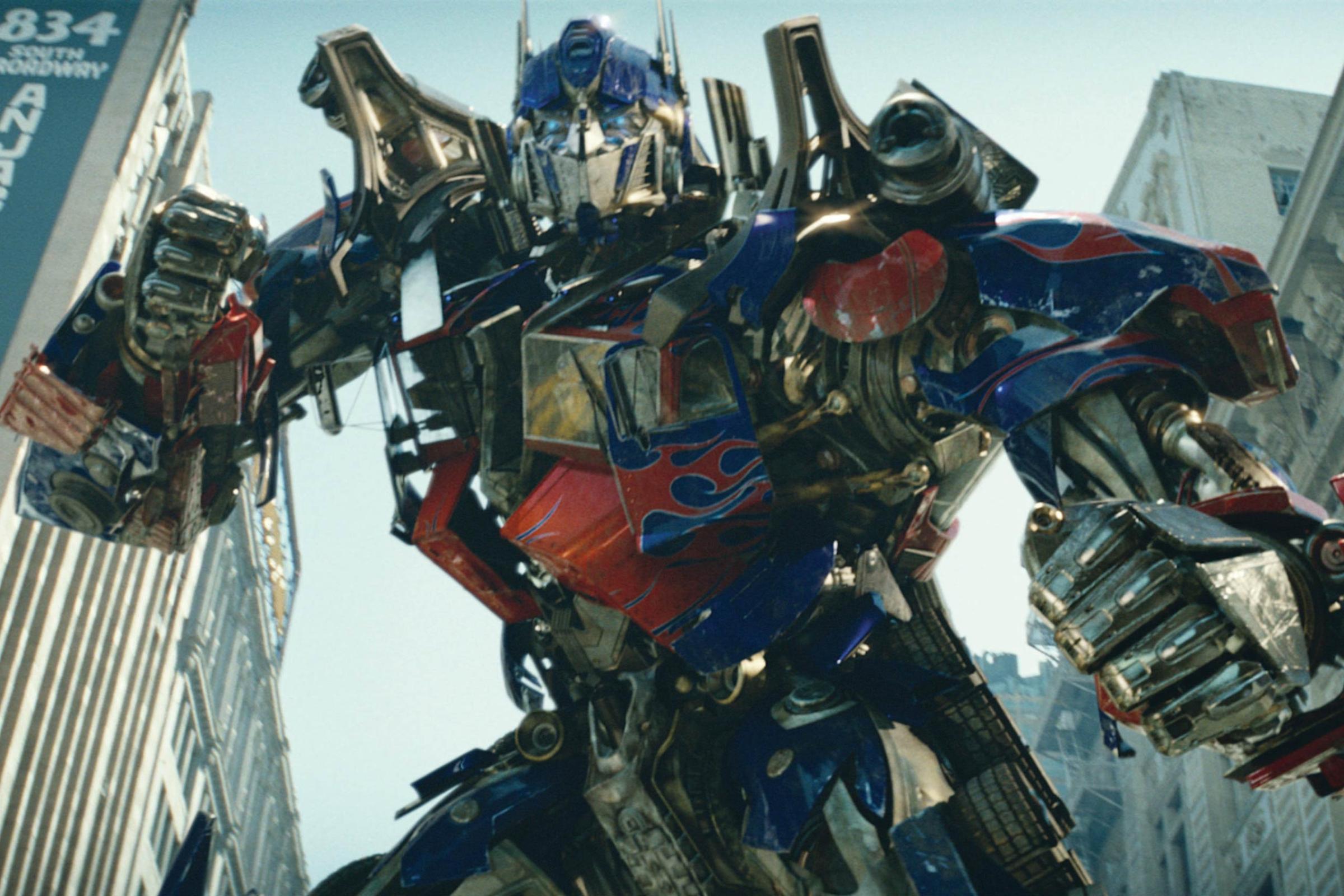
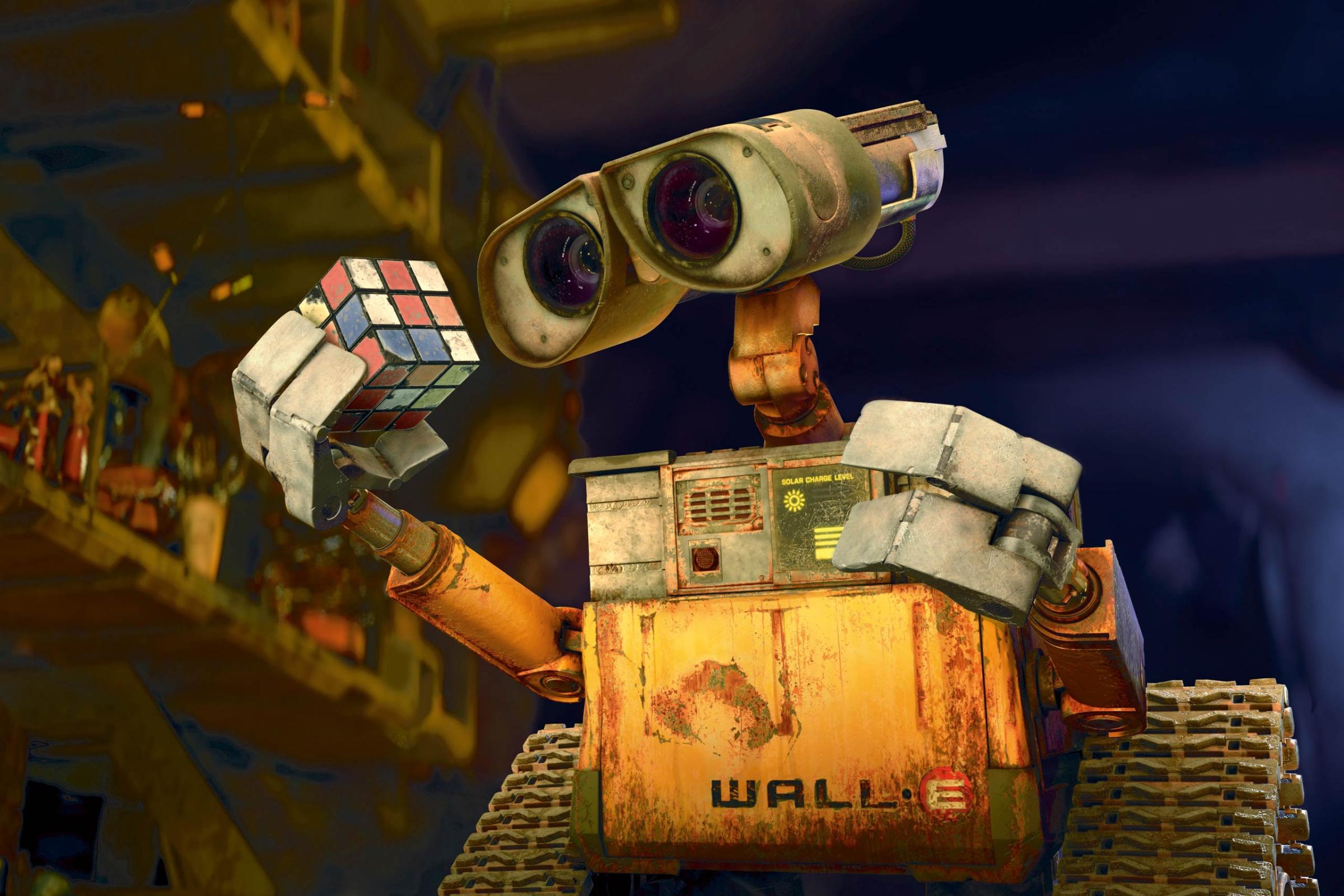

More Must-Reads from TIME
- Cybersecurity Experts Are Sounding the Alarm on DOGE
- Meet the 2025 Women of the Year
- The Harsh Truth About Disability Inclusion
- Why Do More Young Adults Have Cancer?
- Colman Domingo Leads With Radical Love
- How to Get Better at Doing Things Alone
- Michelle Zauner Stares Down the Darkness
Contact us at letters@time.com